Own an elite fish finder and think you are all set to fry the bigger fish? Take a pause and think, how does a fish finder work? Carrying a fish finder without prior knowledge of handling it adequately is bringing a knife into a gunfight.
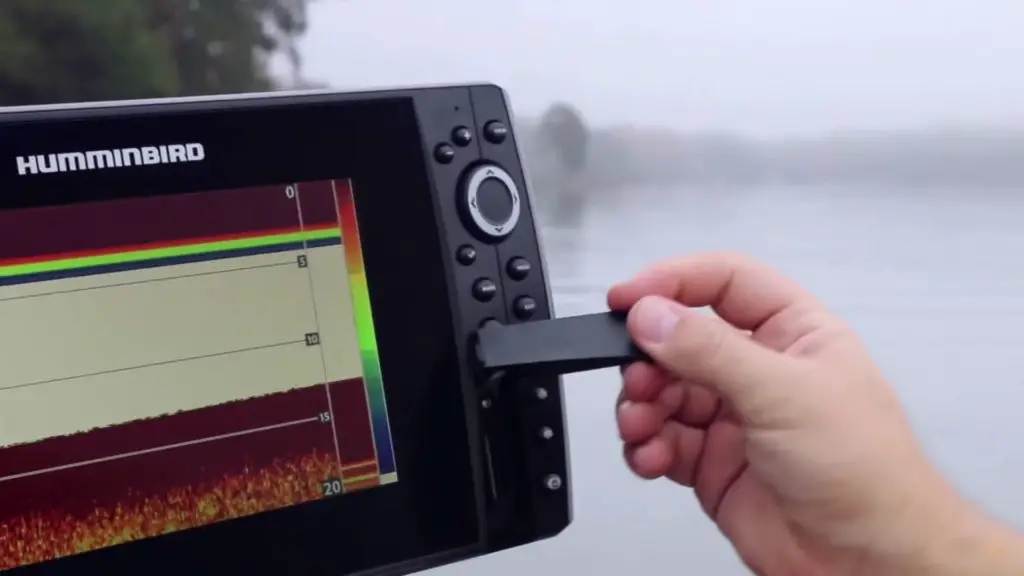
So, to give you a head start, we have provided all the necessary information under one roof on using a fish finder properly.
But first, let us know a little about the product.
Table of Contents
What is a fish finder?
If you are a fish lover and enjoy doing fishing, then the best portable fish finder is the product for you. But you still want to know what this product is? So, we will tell you that a fish finder is an instrument that is used to find fish in the water with the help of SONAR. As the advancements in technologies are taking place, it becomes the need of the hour to change the traditional methods of fishing.
This innovative technology is used to find the depth of water level and the number of fishes in the water body and display them on the LCD screen. As new techniques are coming in the market, advancements in this product are also coming with every new model. Every fish finder is different from the other and keeps on including features like built-in GPS, electronic compass, radar, etc. All these features make fishing a very enjoyable and innovative activity.
Types of fish finder available
As the up-gradations are taking place with the time, there are various types of fish finders available in the market. All these fish finders have distinguishing features that make them unique from one another. So, here is a list of some of the fishfinders:
1. GPS Combo
It is a type of fish finder that has a blend of GPS and SONAR. Both the facilities of this fish finder can be used simultaneously. It is mainly designed for navigation purposes. Some best GPS fish finders can easily plot custom maps to ease you in picking the hot spots.
2. CHIRP fishfinder

It is one of the most interesting fish finders that can get details of the fishes in the water body at a range of frequencies. It helps to create an image with great accuracy and detail.
3. Portable
Portable fish finders are the devices that are in-demand because, as the name suggests, they are easy to carry away with you wherever you want to go and that too without any sort of difficulty or burden. You can have one of the best portable fish finders within your reach and that too very easily. Take a look at some of the best portable fish finders over on Amazon here.
4. Ice fishfinder
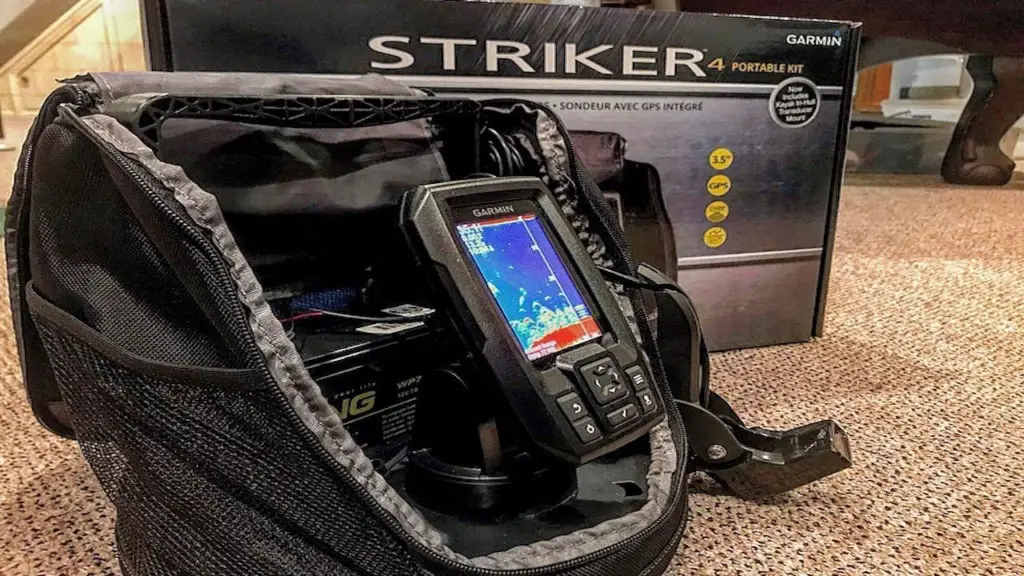
Ice fish finder is a unique type of fish finder used to get the graphical representation of the view beneath the water. This finder uses the flashers to get a vivid representation. Fishfinders come in a wide range of variety, and you can get the best ice fishing fish finder within no time.
5. Networked fish finder
It is a unique type of fish finder associated with the bells and whistles of the instrument. It has all the latest technologies, including GPS, radar, video, etc.
How fish finder works?
If you are a fan of fishing and love this activity, then the fish finder is of great boon to you. You must be wondering how does the fish finder works? Is it working quite complex? So, I should tell you that this is not the case. It is very easy to work with the fish finder to get its benefits.
The device works with transducers that are used to send the sonar signals in the water and get the details about what is happening beneath the water levels. When reaching a certain level, these signals help detect the fishes, depths, rocks, stones, and even some hurdles coming on the way.
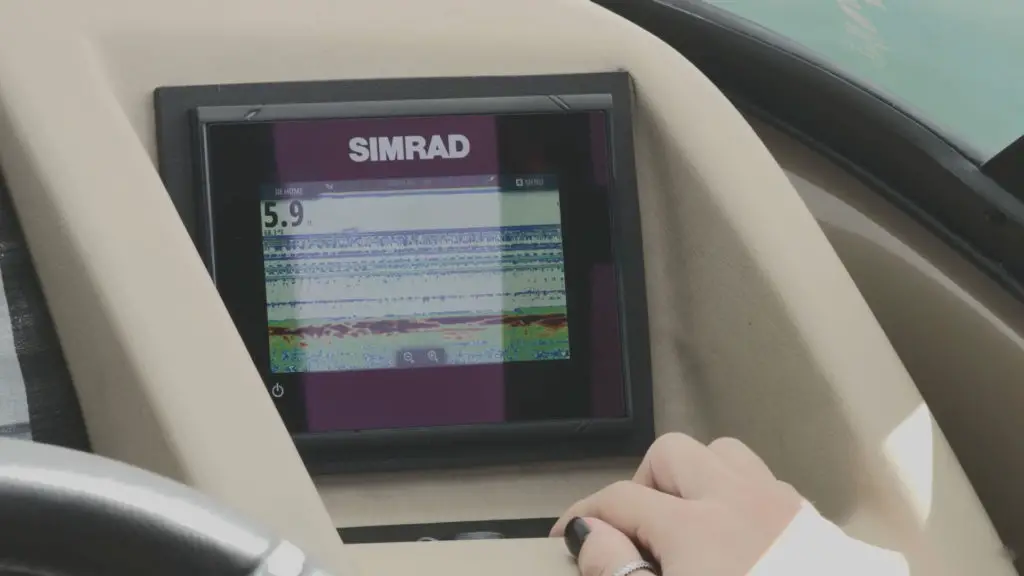
The information is retrieved back in the apparatus. That information is further used to get a detailed image of the happenings inside the water with high accuracy. All these images get displayed on the LCD screen that gives a vivid description. This information is of immense help in detecting the points where you can find a large number of fishes or were not at all.
This dynamic device uses a range of frequencies to create the images on the screen. You may be amazed to know that if a device is capable of working in a wide range of frequencies, it can give a clearer and steep image compared to when it can work in a limited range of frequencies.
This device tells you about the number of fishes or the depth of water, but it can also describe to you the temperature of the water and the speed with which you are traveling in the water. Nowadays, it comes with built-in GPS and other tracking facilities to help you in your task.
Steps to install a fish finder
If you want to install the fish finder in your boat, it is not a big deal. You just need to follow some steps to install this fish finder in your device. You need not be a master in installing it, just following some steps can make you a professional.
Step 1: Installation of Mount
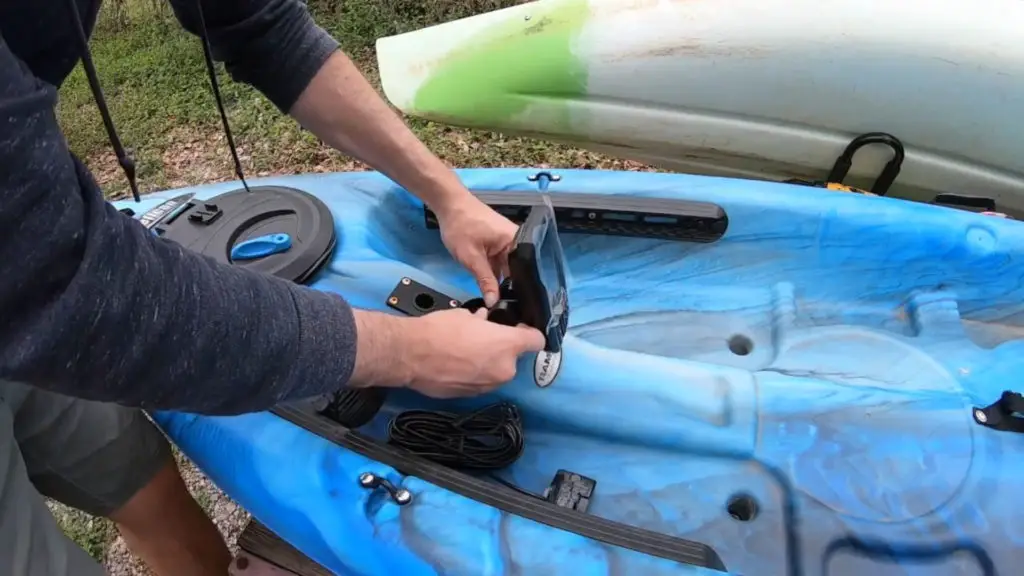
The very first step for the process to start away is the installation of the appropriate mount. Observe the best location where you want to install your device. Try to find the best position to get the best viewing angle for your instrument. Go with such a place that you can easily tilt and turn your device without hitting the throttle, compass, windshield, etc.
Always ensure that the place where you are going to install the apparatus is free from any sort of obstructions and has a proper space for wiring and applying bolts. Once you are done with finding your best location, go with the binnacle template or binnacle itself to mark the mounting holes, and after you are sure about these holes, just drill them and put the bolts.
If you are done with the mounting thing, then your next step is to focus on the points from where the entry/exit wires have to be installed. Before you drill holes for the wires, make sure that there is no hole present beforehand with the device that can cause any problem. Ensure that before going with the actual drill activity, you should place the fish finder and the binnacle to get a vague idea that there is enough space between the mount and the holes so that the wires can easily get through them.
When you are done with all sorts of wiring and drilling activities, then always put a dab of silicon at their ends so that they get intact properly, and there is no scope of any fault.
Step 2: Run the power leads
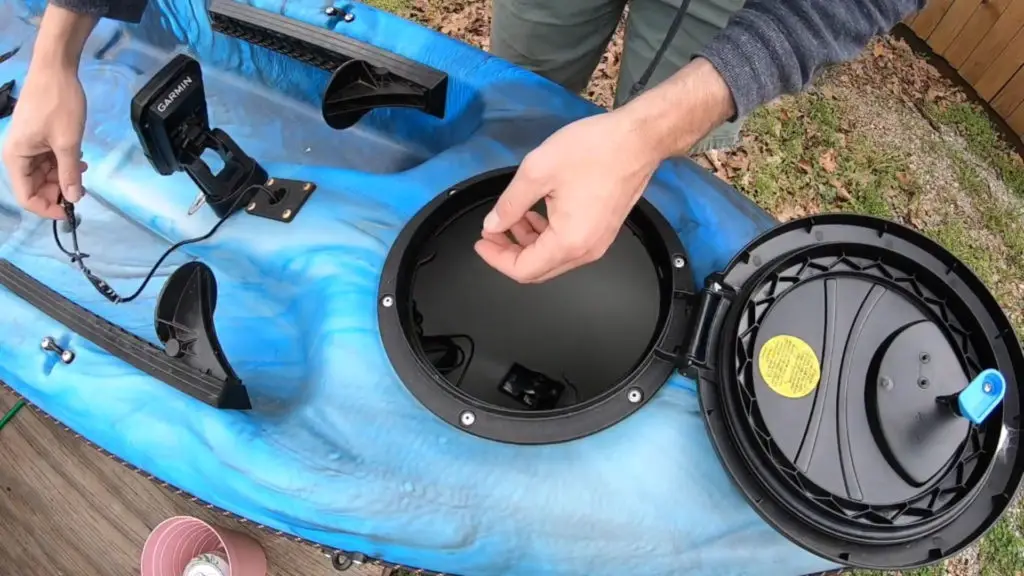
Sometimes, the fish finder comes with the required length of the wires you need, but there may be cases when the manufactured length is not according to your needs, and you have to mend it.
If you are unhappy with the wires’ length and want to lengthen them, always go with the proper color coding and tinned copper wires. And while you are trying to make the connections, make sure that you are using crimp barrel connectors and not the solder.
Always protect your connections by using heat shrink tubing so that you never face any sort of difficulty.
Insert these wires into the holes drilled by you and make sure there is no need for extra wiring for the plug to reach the unit. Be sure to secure the wires after every 18 inches with cushioned clamps and avoid any slacks. Depending upon the type of screw terminals, use appropriate sort of connectors. Once you complete the installation process, don’t connect the terminal ends.
Step 3: Mounting transducer

Always rush to find the best place to install the device when you are doing all these measurements.
Try to find the best possible area with the help of a hull with no obstructions and a smooth view. Go for the area where there is no disturbance to the water flow because if you want your fish finder to give better results, it should be installed at this place.
After you are done with your position selection, the transducer bracket should be placed against the transom and adjust it perfectly till you get the transducer’s face.
Now, mark the holes where you want to mount the transducer. Once you are sure about all the wirings and marks, you make sure that place with the cushioned clamps.
Now, if you are done with all sorts of settings, you can drill the holes that you mounted and use 3M 5200 adhesive to fix the screws in the holes. Give these holes proper time to soak so that you are ready to go with your device and know how the fish finder works.
Step 4: Complete the job
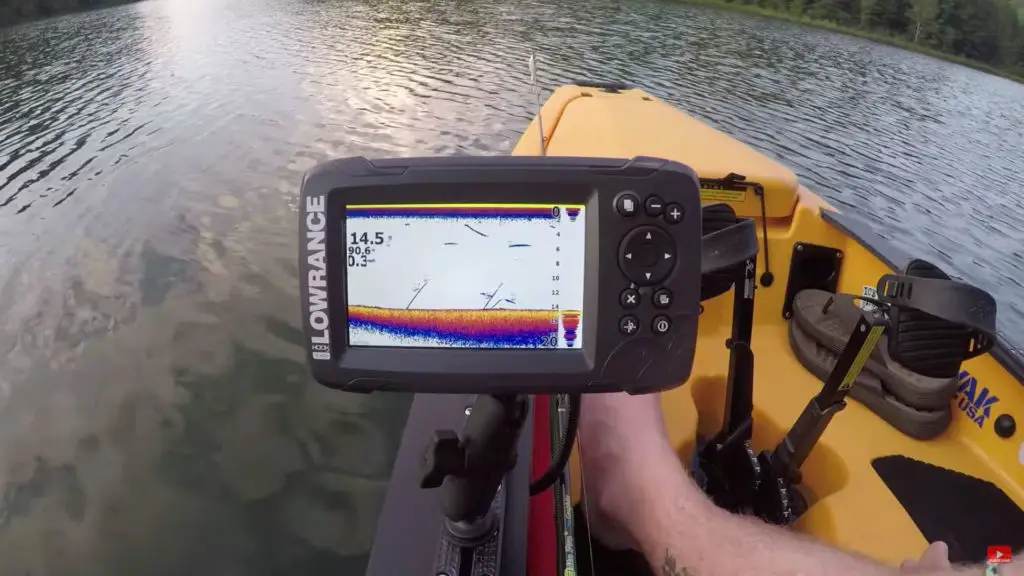
Now, you are done with all the major works. It is the time only to look for titbits so that your device is ready to get set go on its journey. Make sure to secure all the holes with the help of grommet so that the connections become intact. Ensure that your power supply is off, and your transducers wires are put at the back of your instrument.
Give ample time to the connections to dry properly because if you try to hurry, you can land yourself in a huge mess.
Which fish finder is best for you?
There are many fish finders available in the market, and when you want to choose the one for you, then you always want to choose the best fish finder for you with all the new technologies.
It all depends upon your requirements of what sort of device you want to buy. Always go with the product that can fulfill the maximum of your needs. Some of the key features that you can check while buying a product are:
1. Display
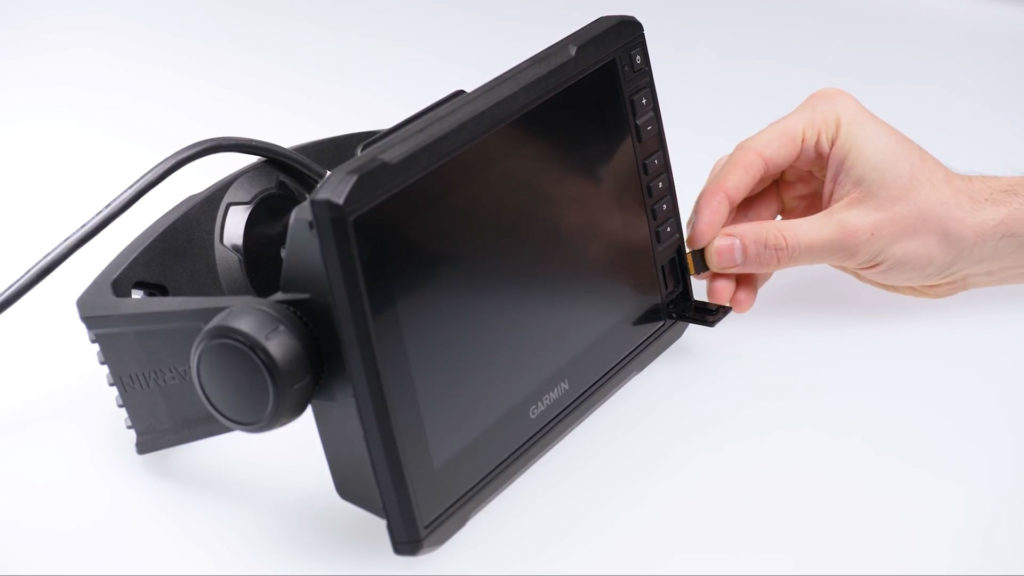
The display is the most basic thing you will desire to have before buying a fish finder. You need to know whether they display colored images or not, the resolution of the screen, etc. If you have a good display, then you can get vivid images of the water level beneath you, the depth of the water body, the number of fishes present, obstruction, etc.
2. Transducer
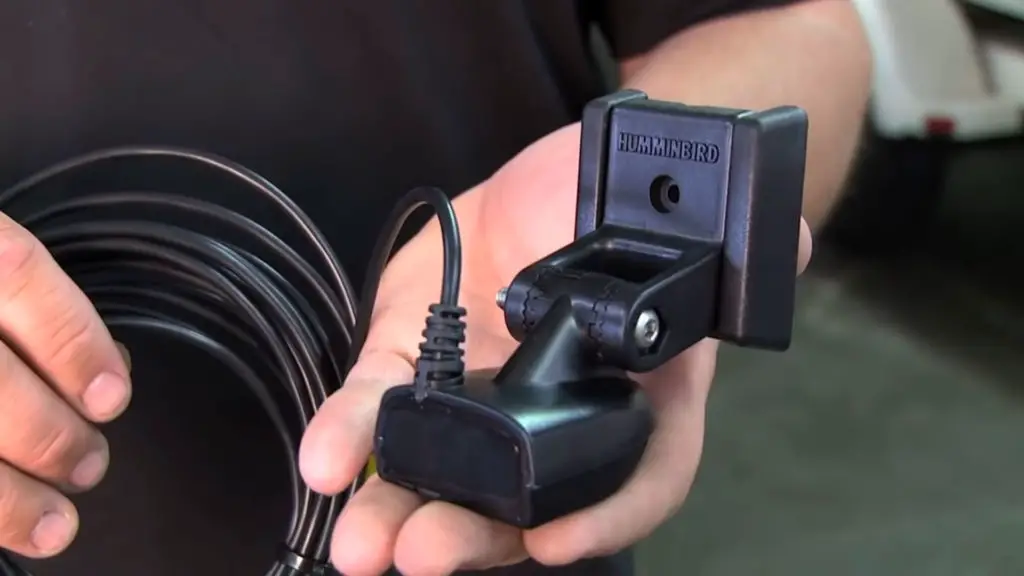
It is one of the essential parts while investing in a product. The transducer helps to find the spots where the fishes can be detected. Signals are sent underwater with the help of a transducer. It tells about the places where there is a high frequency of finding the fishes and gives their images on the screen.
If the transducer is not of good quality, you will get poor performance from your device and not get the desired results.
3. Frequency
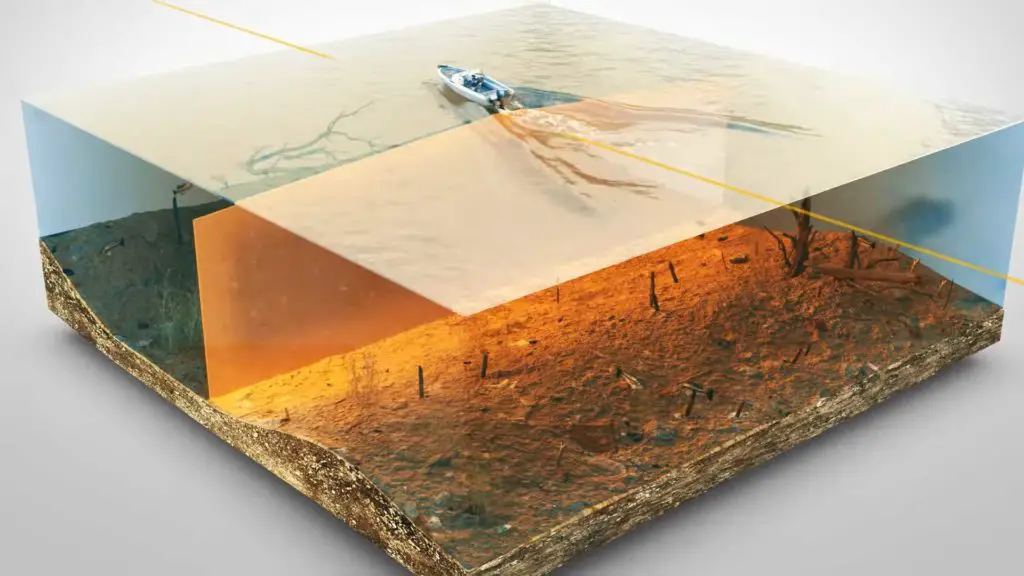
If your fish finder can work on a large bandwidth of frequencies, you will get better outputs from the device, but on the other hand, if you choose a fish finder that works well for only a particular frequency range, then surely you are going to repent later on. So, always choose a fish finder with a good frequency range.
4. GPS
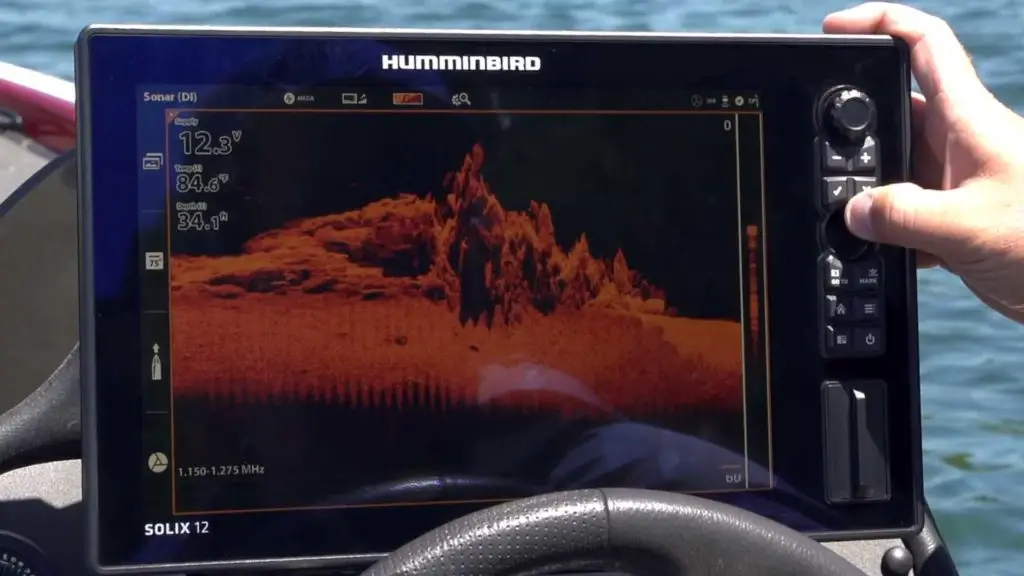
Always buy the best GPS fishfinder because your main aim is to detect the fishes and detect them if you have a good tracking system. If you get this facility from your device, then don’t leave the opportunity to grab it. When the GPS facility comes within a fish finder, it makes this device the best GPS fish finder.
5. Price
Before buying anything, price is the most important factor that we should keep in our mind because if all your essentials come in a budget-friendly range, then why to pay hefty amounts for the same product. So, always buy judiciously.
Precautions
Several precautions must be properly taken care of while operating a fish finder to make it the best fish finder because negligence can prove to be hazardous. So of the precautions to be strictly followed are:
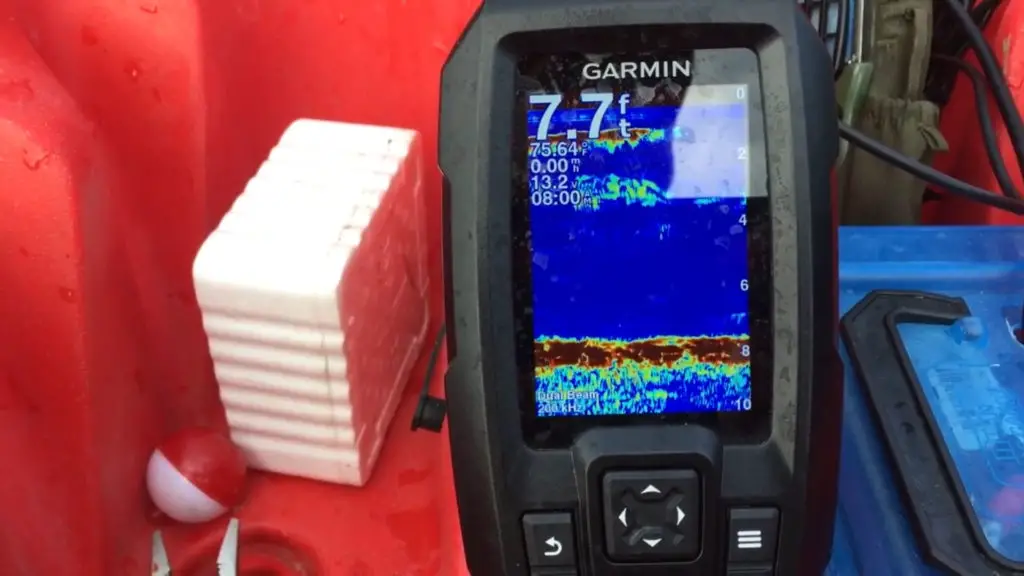
- If your device starts behaving differently or some smoke starts emitting out, quickly turn off the power supply, and always ask for assistance.
- If the device is working, don’t try to touch the fish finder’s back surface because it may be hot, and the high voltage supply can cause heavy threats.
- If your display screen is broken and the liquid starts coming out of it, don’t handle it on your own and seek professional help.
- Always install this device in a place where proper ventilation takes place because if you try to contain it in a small place without any ventilation, then it can lead to the malfunction of the device.
- Use appropriate materials for installing the device because if you use inappropriate materials, then it can cause great damage to the fish finder.
- Always try to keep your device away from direct sunlight because it can cause burns that can even cause your device to damage.
- Use the correct power supply to operate the device because operating it on incorrect voltage can cause the device to rupture and never work up to the mark.
Why should you consider a fish finder?
Earlier, fishermen used only traditional techniques to capture fishes, and it took them long hours to find them and sometimes not even getting a single fish after waiting for the whole day.
Fishing is a fun activity for many, but frustration starts emerging in your head when you cannot get for what you have spent your whole day on.
To overcome these hurdles and provide a gift to the fishermen, technology came with the fish finder’s innovation. With this device’s help, you can save a lot of your time, which you were otherwise wasting to get a single fish in your hook.
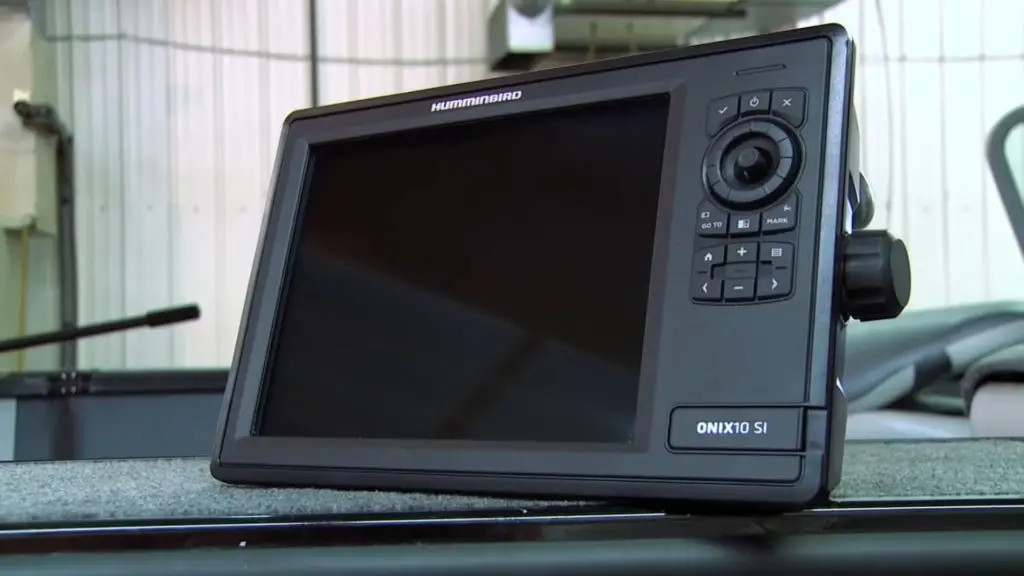
As the upgrades are coming, you can even get the best portable fish finder that you can take away with you at any place you like.
Fishfinders are used in place of traditional methods because it can give you a clear image of the fishes beneath you on your screen. You can even get an idea about the obstructions on your way and even know about the water’s temperature and depth.
You will be amazed to know that this device sends a high frequency of waves with the help of which you can get clear images and that too of good quality.
This terrific device comes with a built-in GPS facility to track your path and give you proper instructions so that you don’t waste your time waiting for bait at a single place. It also has good imaging capacity to get all the vivid and crisp images of the things that you always wanted to know before fishing. It comes with proper lighting so that you can see whatever you desire.
Final Verdict
So, here is all you need to know while maneuvering some of the best fish finders in the market. Fishfinders can aid you in marking your favorite hot spot and navigate quickly through the water body.
Go through all the tips while picking a fish finder, and you are all set to reel in the big fish. Deem about all the characteristics and select the best fish finder that best caters to your needs and fits your budget.
Set your gear and equipment and have a fantastic fishing expedition.